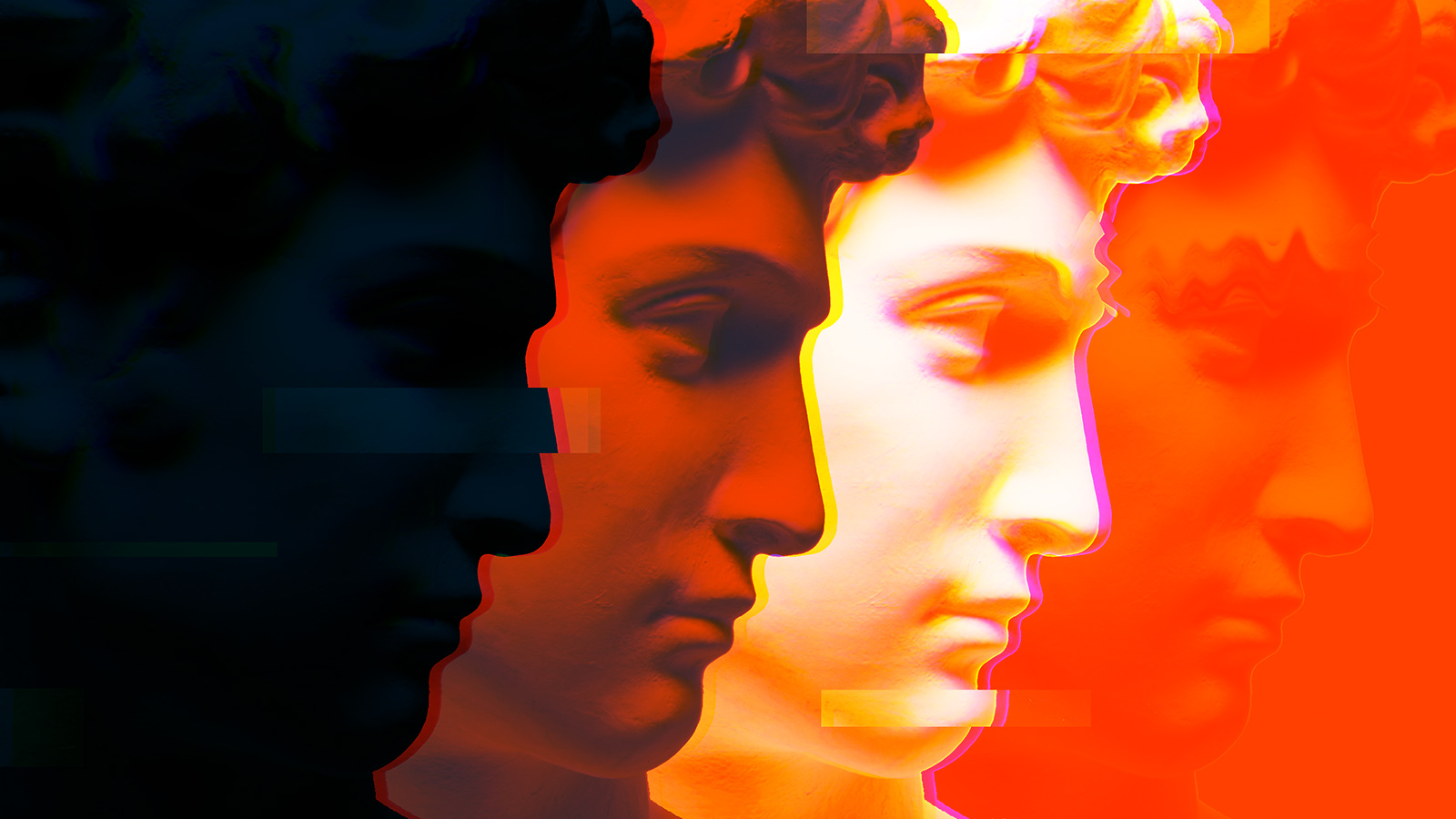Do you remember those Heineken commercials of lavish parties full of eclectic and eccentric people? Or the Captain Morgan commercial of a bar full of various captains? They showed crowded rooms full of visually interesting characters. Imagine walking among those people and admiring each individual’s unique style.
Note the decisions they’ve made about their appearance. Those characteristics and appearances could be described as a brand identity: Height, weight, age, facial expression, hairstyle, wardrobe, and even the way they walk are all visual cues that would lead you to an assumption or perception of who they are. You might believe that he/she is a basketball player, a liar, flamboyant, or Russian. Any number of descriptors could be perceived from your visual appearance. The same goes for brands.
A brand identity is the holistic visual system that informs consumers who you are and promotes a desired perception. It is the face of your brand. It’s not just a logo. It’s not a random collection of fonts and colors. It encompasses everything your audience sees; from the primary logomark to the button style on your latest email blast.
A brand identity can include the following common parts:
- Primary Logo: The hero symbol that is present in every customer experience. In most cases, this is the thing that garners the most visual brand recognition.
- Alternate Logos: The logos to use when the primary logo cannot be used because of color, scale, or other complicating contexts.
- Secondary Marks: Symbols that reinforce design elements from the logo, product marks, or mascot characters.
- Color Theory: The color scheme and strategy based on an understanding of the color wheel, color harmony, and color context.
- Typography: A collection of typefaces with guidelines for purpose, scale, and visual treatment.
- Graphic Elements: The shapes, patterns, textures, and linework that extend the design language of the brand identity.
- Imagery: Any combination of iconography, photography, and/or illustration.
- Layout Systems: The compositional considerations and general structure of final applications.
Bringing it Together
The elements above should not be designed in silos. While we can design just a logo, or explore a color study on its own, the most powerful brands build all these elements together in one cohesive design system.
Personality
We use the traits from our strategy and messaging phase to inspire the visual characteristics of the brand identity. If together we’ve determined that trustworthy, or innovative, or humorous is the primary attribute for your brand’s tone-of-voice, then the visual side of your brand will support that. A good brand (and brand identity) needs personality. It makes your brand memorable and relatable.
Non-Traditional
A brand identity is tangible. You can see it and touch it. You may be able to taste it or hear it. Brand identity can break outside of our traditional visual understanding. It can be a sensory experience built on sound or texture. That might be controversial to some, but there is untapped potential in these ideas. It might be why Pentagram’s newest partner is a sound designer (Yuri Suzuki).
Motion
Brand identity is not static. Brand identities are moving more than ever. It’s a trend that will continue to grow beyond 2020. We can build identifiable characteristics in the way things move and animate. It deepens the audience’s understanding of the brand’s personality. Animation adds another dimension of life, delight, and approachability to a brand identity.
Start with a Strong Foundation
A brand identity is one of the most important foundational elements of any brand. Every visual asset that is produced by the brand needs to connect back to the core design principles built in the brand identity. Breaking the brand identity leads to consumer confusion about who you are and what you stand for.
What does your brand look like? How do you want it to present itself? What perception do you hope consumers have after seeing your brand? When people meet your brand at the party, what does that party-goer look like? That is a brand identity.

